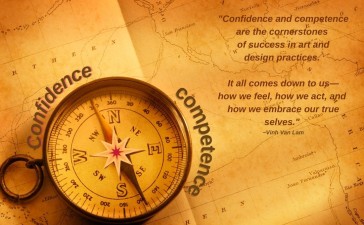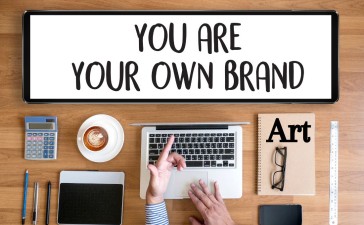To create a compelling UX design for your website or online platform, you need to focus on the user’s wants and needs. Ultimately, the goal of a UX designer is to enable positive interactions with your business.
By keeping the user’s feelings in mind, you can create a compelling UX design that appropriately describes your brand. Start by considering the design process of the user interface and what is entailed in the process. Break it down into simple steps and include all the bits of emotion, physical interaction, and senses to cover the important aspects of a person’s experience on your site. By encompassing a variety of feelings, you can craft an amazing journey for your users.
Importance of UX Design and seven tips to create something compelling
A well-executed UX process creates a positive experience for your user. UX design is a crowd-pleasing tool, so implementing it in your business can uplift your brand in several ways. With this in mind, here are the seven tips for designing unique and effective UX design for your brand:
- Understand the Product
Before starting any process, begin with the basics to understand your user and your brand. Addressing this point, understand what problems are being faced by your user and create a strategy for design success. Ensure it is aligned with your brand’s mission and goals and before designing and understand its context for existence. You can even get help from a UX design company or reputed UX designers to brainstorm around the product at a high level. They can help you create an initial outline of the website’s purpose and match the user and business needs.
- Gear up for Product Research
After understanding the concept of your project research, align it with your service or product to discover and unearth the layers of the entire project. You can interview your users and use this tool to understand their issues. Send a questionnaire to your users to understand their attitudes towards a specific service or product.
- Analyse the elements
After gathering all the information, analyse and distil the important elements. Segment it into groups such as behaviours, age, gender, and needs. This approach helps you to design personas to represent your audience. You can even leverage this by creating a user journey map and building the best design representing your target audience.
- Start Designing
Now, it’s time to build out your design with user flows, images, icons, colours, etc. From creating an information architecture to the actual User Interface design, all the functions are included in this stage. The wireframe or prototype of your site will give a structural idea of the pages.
- Go for early test and validation
After crafting a sample design, go for an early test and validation process. You can make any changes as necessary, or you can even run a pre-launch to test the user experience. Utilising A/B testing can help you determine which UX works best and share options to give clarity and efficiency. Enabling a validation process can give you more valuable feedback from both stakeholders and end-users.
- Launch your version
Once the redesigning process is done, and all your assets are ready to go, transform your static designs into clickable prototypes. With the help of the development team, create a high-fidelity version of the user interface and hope that it is successful. Once delivered, you can observe your target audience and properly address any issues.
- Analyse (again)
Taking a look at your overall final website, check how the process went, how the users were responding, and how you can improve the design for future projects. By thoroughly answering these questions, you gain some invaluable knowledge to leverage for the future.
Conclusion
Now that you have got to know the several stages of UX design, embrace the iterative nature of the design process and use what works the best for your project. The phases of the UX process are different for every brand as there is no one-size-fits-all solution. So, design it according to your business and product and rethink the needs of your users to make it better for them. The aim should be to enhance the user experience and evolve your UX process as per your product.
- Just starting out? CLICK HERE
- Been working in your business for two years or more? CLICK HERE
We’re here to help you to take action just like we’ve helped thousands of other entrepreneurs, business owners and creative professionals all around the globe.
Now is the time to let your passion SHINE.
Now is the time to Make Tomorrow Today!
To your success,
Vinh Van Lam & Stuart Horrex
Your Coaches ArtSHINE industries





